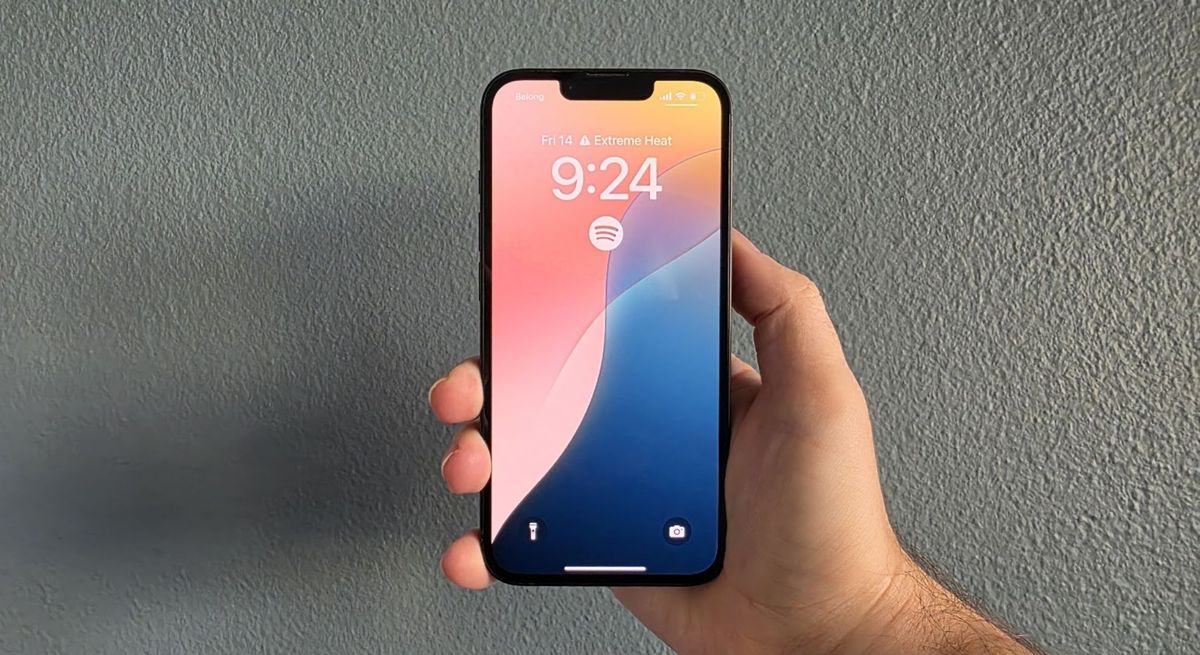
I think the iPhone 16e is too expensive – and as it turns out, so does nearly everybody else
- 22.03.2025 12:47
- techradar.com
- Keywords: danger, success
The iPhone 16e is widely considered too expensive, with only 10% finding it reasonably priced. Despite being positioned as a budget or mid-range option, its $599 starting price has drawn criticism, especially compared to cheaper alternatives from other brands like Samsung and Google. Over 70% of surveyed Apple users are unimpressed, citing high cost and outdated features like the single camera and notch display.